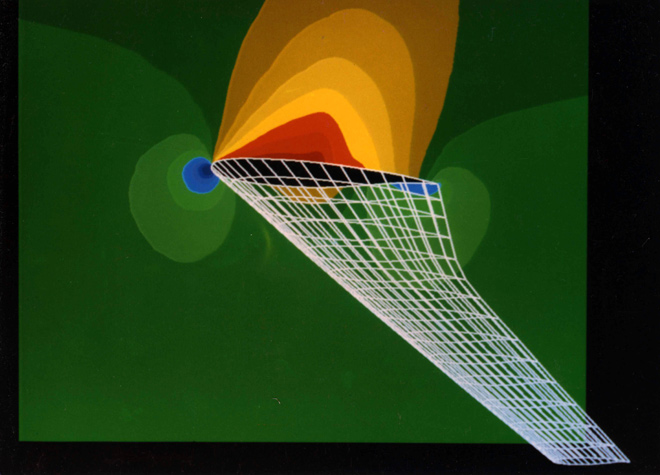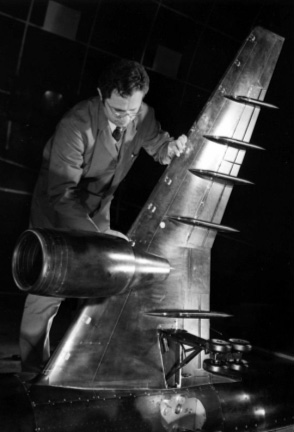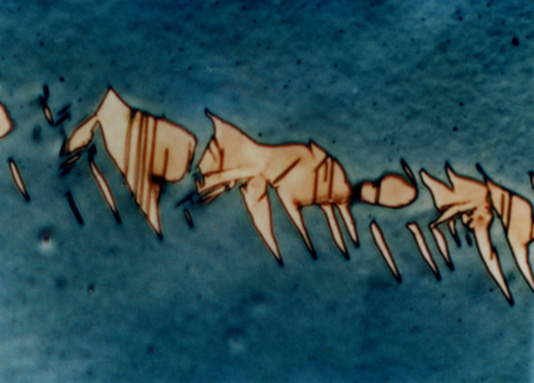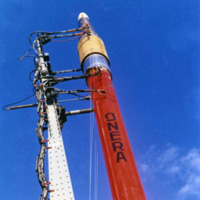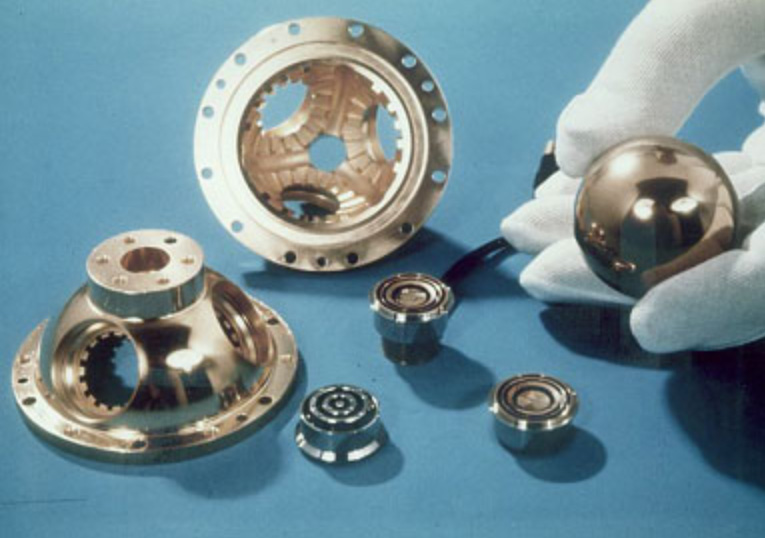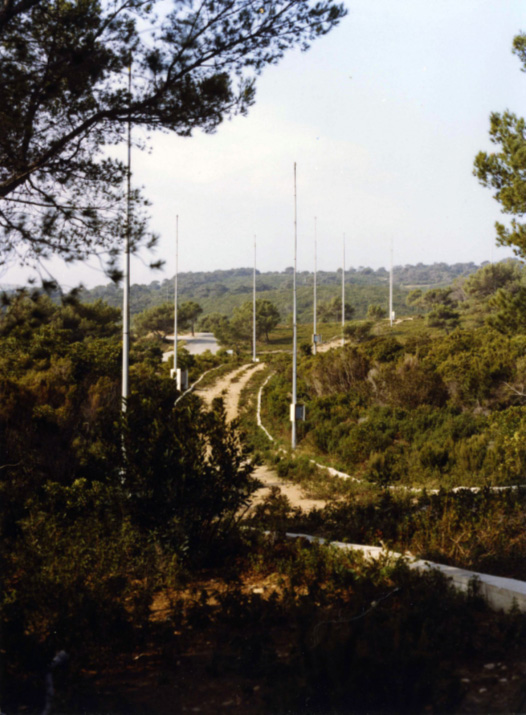- ONERA
- About ONERA
- History
- 1963 à 1983 - The expansion
1963 à 1983 - The expansion
The early 60s were a veritable golden age for the aerospace sector, which was undergoing profound changes at the international level. ONERA, which was already a centre of reference in its field, would play a leading role in the dynamics of this period.
The new space vocation
The space sector was undergoing a revolution with Human Spaceflight. The proactive policy implemented by France, which would quickly become the 3rd space power in the world, was marked by the creation of CNES. New space missions were entrusted to ONERA: Aeronautical missions; it became the French Aerospace Lab, Office National d’Études et de Recherches Aérospatiales in 1963. The Toulouse Centre for Studies and Research, Centre d’Études et de Recherche de Toulouse (CERT) became part of ONERA in 1968, endowing ONERA with new expertise in aerothermodynamics, mechanics and system energetics, automation, IT, optics, microwave technology and space technology.
Some examples of ONERA’s participation in the space triumphs of this time include, among others: its participation in the definition of the Diamant-A launcher, which enabled the launching of the first French satellite "Asterix" (1965), and later the development of an ONERA software tool for the calculation of the supersonic flow around the Ariane 5 launcher, or the modelling of the acoustic environments of launchers. Important studies were also dedicated to rocket propulsion with liquid propellants and to the qualification of solid propellants.
Major programs
The considerable development of civil and military aviation during this period helped to dramatically expand ONERA’s sphere of expertise. It would participate in major aeronautical programs (Concorde, Airbus, Mirage, Rafale, etc.), which would lead, in particular, to the extension of the testing means, gathering the large wind tunnels of Modane-Avrieux and the new wind tunnels of Fauga- Mauzac.
The remarkable progress made in aerodynamics was not only based on the development of wind tunnels, but also on the experimental means as a whole: for example, the laser velocimetry breakthrough, which is still in use today for the validation of numerical methods, or the pressure measurements carried out on the ONERA M6 wing, which still constitute a worldwide reference database today.
In the late 70s, ONERA undertook the first studies on generalized active control, which would revolutionize the design of combat aircraft (Mirage 2000, Rafale) and later of commercial aircraft (the Airbus 320 and then the 330 and 340).
The last flagship example of this golden age: ONERA’s contribution to the supersonic commercial aircraft Concorde. It was crucial to define the shape of the wings, the engine air intakes, the propelling nozzles, low-speed flight, and the study of the ground effect on landing.
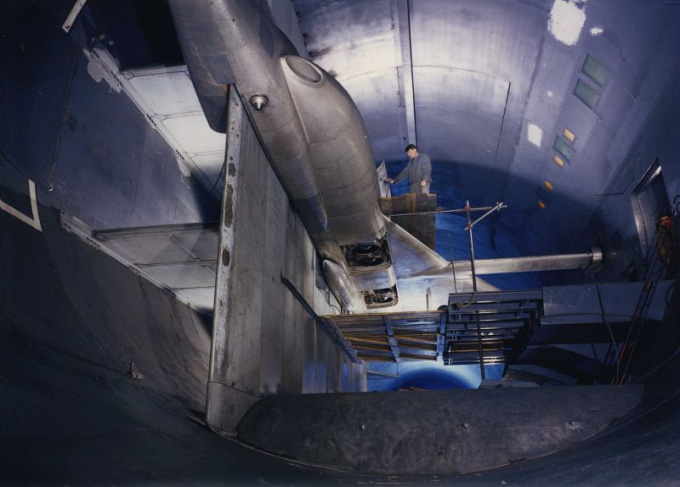
Dassault Mirage III V aircraft in S1MA in 1965 at Modane (vertical take-off and landing aircraft, program stopped in 1966)
ONERA’s hydrodynamic tunnels
At that time, thanks to prominent experimenter Henry Werlé, the hydrodynamic simulation tunnel proved to be an excellent research tool for addressing fluid mechanics problems in the incompressible domain, by providing stunning visualizations of flows around models. The fame of Henri Werlé’s hydraulic analogy visualizations lives on worldwide even to this date. His photographs are a reference for the description of flows.
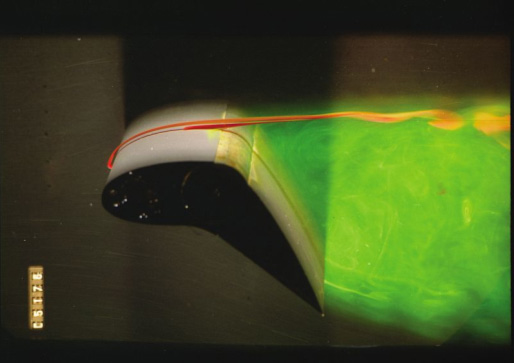
Wing trailing edge flow |
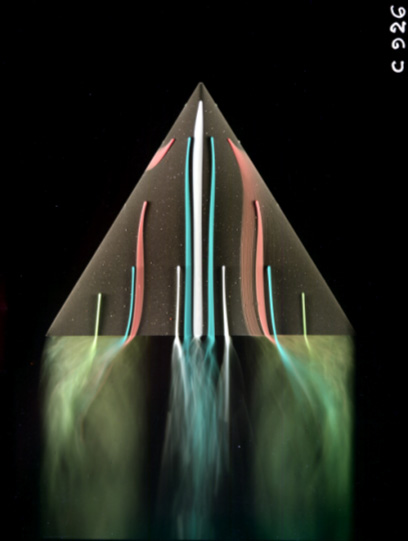 Wall flows observed at the surface of a delta wing model |
Very high speed
Around 1970, an original study concerned the physics of very high speed re-entry of vehicles into the atmosphere (at Mach 16, or about 4 500 m/s).
Wanting to analyse the electrical phenomena related to the hypersonic re-entry of ballistic heads, and especially wanting to learn more about radio wave transmission through the plasma created around the re-entering head, the Electra operation was carried out at the Landes Test Centre, Centre d’Essais des Landes (CEL), with the Tibere rocket.
The beginning of ultra-sensitive accelerometry
Today, ONERA is recognized as the global leader in ultra-sensitive spatial accelerometry. However, the discovery of accelerometers is due to chance... in the early 1960s, ONERA was seeking a way to suspend the models in a wind tunnel without a dart or a wire. Researchers were testing electromagnetic levitation. While the project was abandoned due to unstable models, the idea remained and was applied to inertial measurement.
Small instruments used for great things today
Today, ONERA's accelerometers and the extreme measurement precision that they allow, are mainly used for space missions. Particularly, in 2016, the T-SAGE instrument designed and developed by ONERA, which consists of two of the most precise accelerometers in the world, enabling the principle of equivalence postulated by Einstein to be tested for the first time in space, with an unparalleled precision of 10-15.
The absolute measurement of gravity is also used for applications related to defense, such as marine cartography.
The development of this new technology did not take long to come: tested in free fall in an elevator shaft of ONERA’s Chatillon centre 11-floor building, the first ultra-sensitive accelerometer of a large family was created in the 70s. The capacitive accelerometric sensor with three ultra-sensitive axes Cactus (Capteur Accélérométrique Capacitif à Trois axes UltraSensitifs) was launched onboard the Castor satellite by the Diamant BP4 rocket on May 15, 1975.
Radars
In the early 70s, ONERA launched into the "low frequency radar" business following work on the characterization of reentry plasmas.
ONERA quickly stood out thanks to the originality of its concepts and their experimental validation. In particular, it contributed to the design of the ground-air surveillance radars RIAS, PARASOL, SACHEM, RAB! T and ROMA.
RIAS - Radar à +Impulsion et Antenne Synthétique (Pulse and Synthetic Aperture Radar). Centre d’Essai de la Méditerranée (Mediterranean Test Center), Ile du Levant
Principle conceived at ONERA of a radar with transceiver antennas scattered on the ground, allowing omnidirectional location in space.
Références
- Notes and memories on the "Foundation" of ONERA, by Jean Dubois. Document prepared on the
occasion of the twentieth anniversary of its foundation. - 50 ans de recherches aéronautiques et spatiales (50 years of aerospace research): Book published in 1996 to mark the fiftieth anniversary of the creation of ONERA. Text by John Carroll, former Director of ONERA in collaboration with several members of the staff.
- Various notes and brochures (La Recherche Aéronautique (Aeronautics Research), Les nouvelles de l’ONERA (ONERA News), Envergures (spans), etc.).
- Photographs and illustrations by ONERA.

